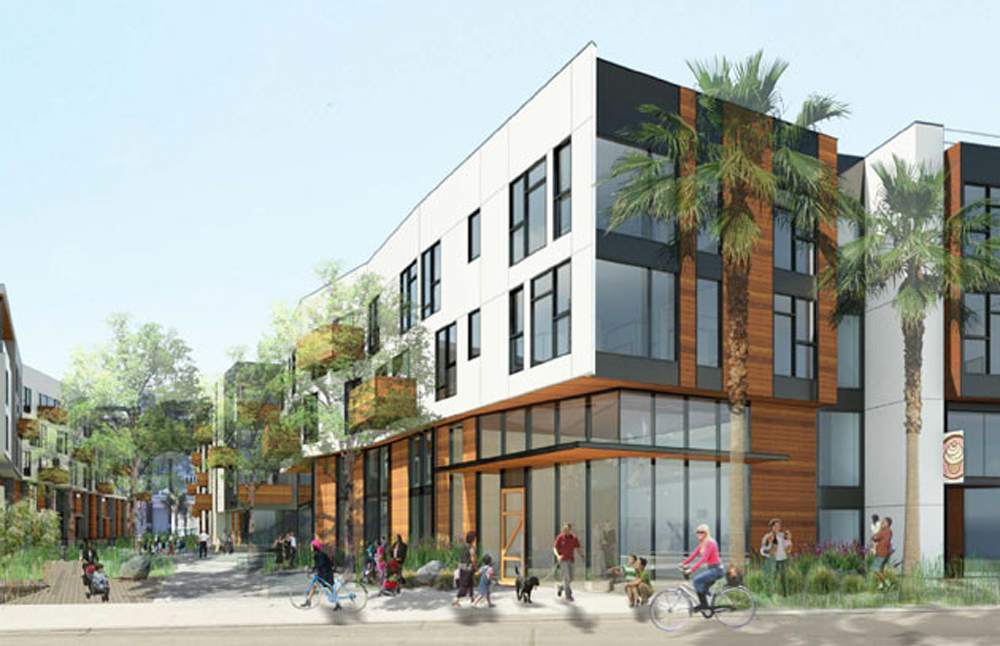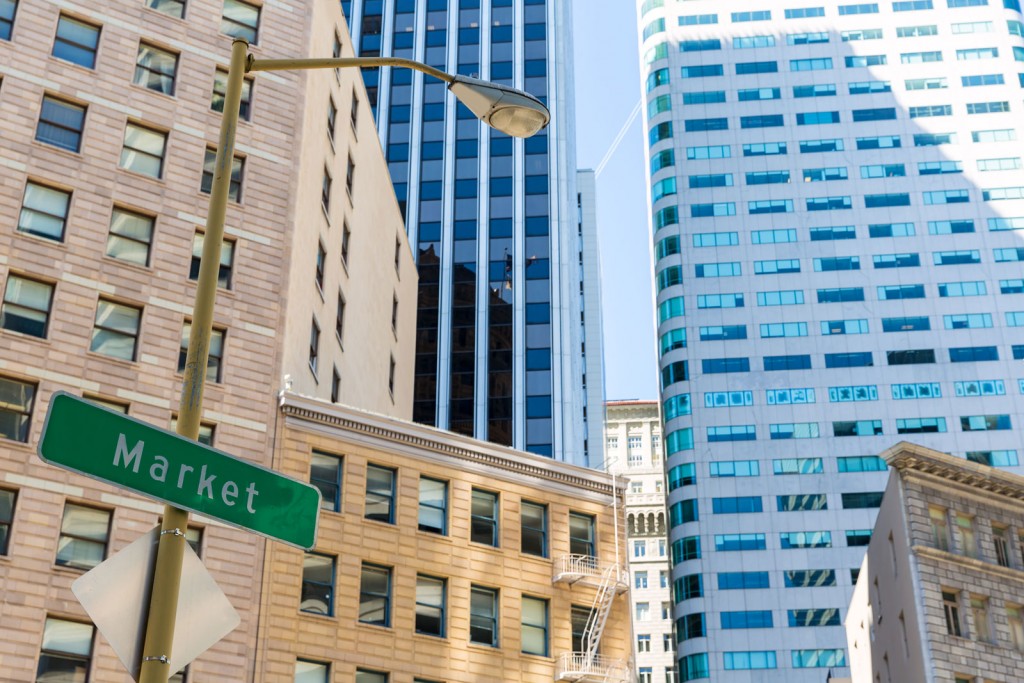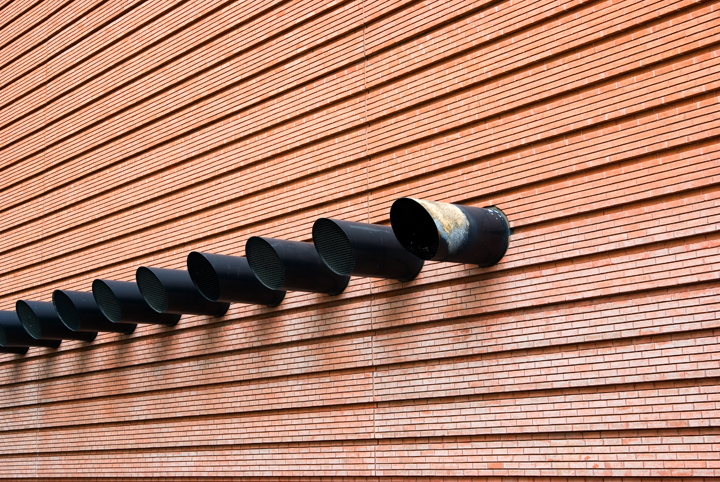Calco Commercial represented the Buyer in the recent purchase of 111 S. Maple Avenue in South San Francisco. 111 South Maple Avenue consists of 27,360+/- square feet of commercial warehouse construction situated on a larger 1.25 acre lot. The warehouse boasts high ceilings, heavy power and close proximity to Highway 101, I-280, I-380 and SFO.

Calco Commercial has completed nearly 60 lease and sale transactions over the last year, representing approximately 450,000 square feet of commercial product. Calco continues to lead the San Francisco brokerage industrial marketplace. The Bay Area commercial properties continue to demand premium rental and sale rates as inventory and vacancies shrink.
Calco Commercial is a full service outfit that can help you make the most of your real estate properties and investments. If you would like to discuss your real estate options, or would simply like more information related to current market conditions, please call our office at 415.970.0000.














